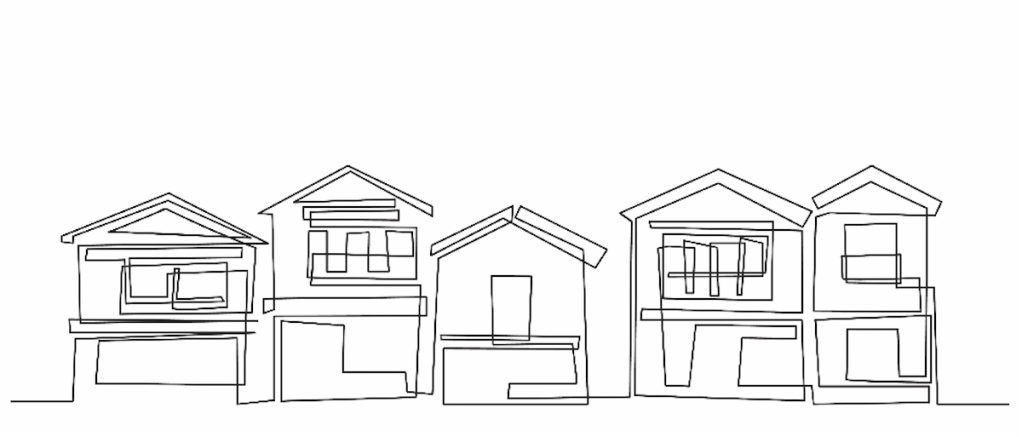
2020 has certainly been a year to remember. While we may be ready to firmly plant our feet in 2021, we shouldn’t leave the past 12 months behind without taking a critical look at how the COVID-19 pandemic has impacted the housing market, and how it will pave the way for 2021 and beyond. Before we repress these 2020 memories, let’s dive into how this pandemic has created housing disruption in a number of areas of the industry, providing us all a nudge toward trying new processes and technologies that we maybe have assumed were still a few years away.
Let’s start with a look at originations and delinquencies. We’ve all thrown out our 2020 housing market forecasts at this point as the origination market has screamed to all-time records. According to the Mortgage Bankers Association, mortgage origination volume is expected to reach $3.1 trillion, with the largest refinance market since 2003 and the largest home purchase loan market since 2005 and 2006. Then of course, we have the pandemic, which thrust us into an unexpected level of unemployment thereby increasing delinquencies. As unemployment increases and incomes decline, borrowers refrain from buying homes and the rate of requests for forbearance or some type of homeowner assistance increases, naturally. It’s at that moment that the mortgage industry changes course from focusing primarily on helping borrowers purchase homes to helping them keep their homes.
This is not what we’ve seen throughout 2020, though. As an industry, it’s been a challenge to wrap our arms around this unprecedented market and the disruption that accompanies it. Unlike every cycle before it, 2020 brought originations at record high levels at one end of the spectrum and delinquencies at the other end of the spectrum that also are reaching heights we haven’t seen since the crisis. According to Black Knight, the highest government sponsored enterprise forbearance rate was reported on May 29th as 7.2% compared to 4% in the first week of October. Generally, forbearance has been trending downward since the end of May. So, on one end are employed borrowers who are able and happy to take advantage of the low interest rates to purchase a home or refinance an existing mortgage. On the opposite end, there are unemployed borrowers who now have easy access to homeowner assistance programs that can aid them in keeping their homes, including payment deferral and forbearance.
What does it mean for the 2021 housing market?
With all that said, we’re all left wondering where we go from here. How much of 2021 will be a continuation of 2020? Is pandemic life the new normal, or is there a way back to life as we knew it in 2019? We talk a lot at Genworth about our belief statements. We force ourselves, no matter the level of uncertainty, to establish our point of view, assign probabilities to that point of view and then set strategy from there. There are many different paths we can take as an industry, but one belief statement that is increasingly shared across mortgage finance: The forced increased use and implementation of technology to reduce process friction is finally here to stay and will only accelerate.
The post 2020 housing market disruption paves the way appeared first on HousingWire.
